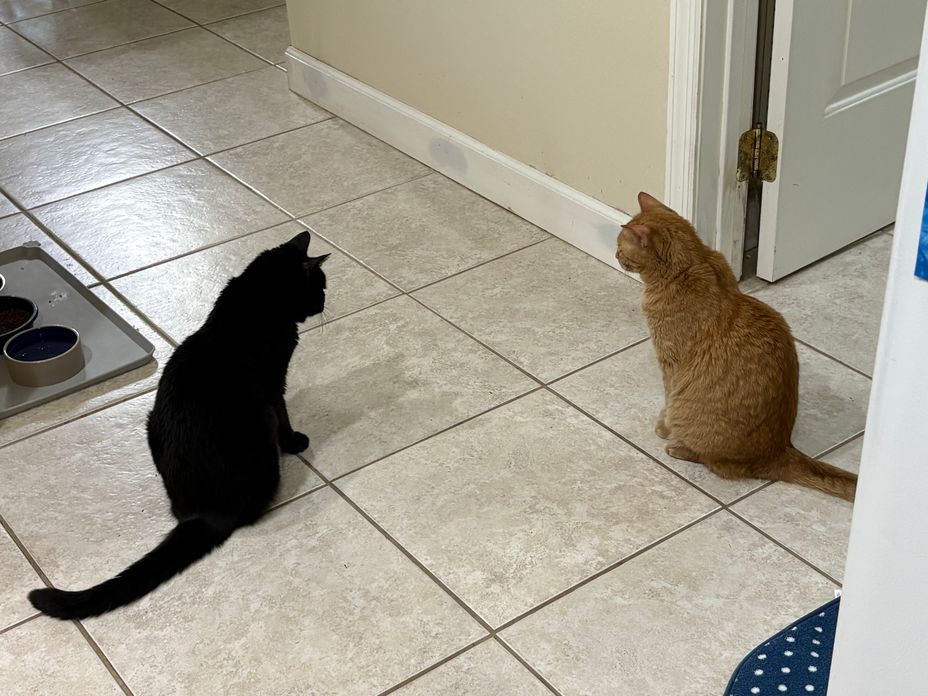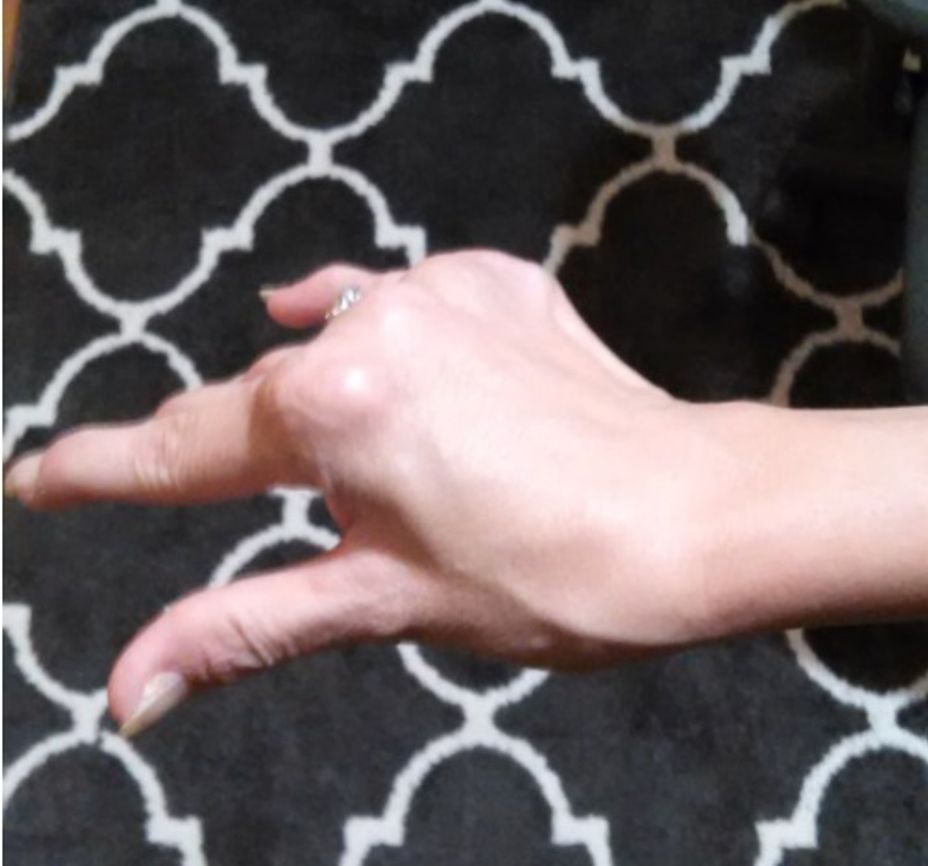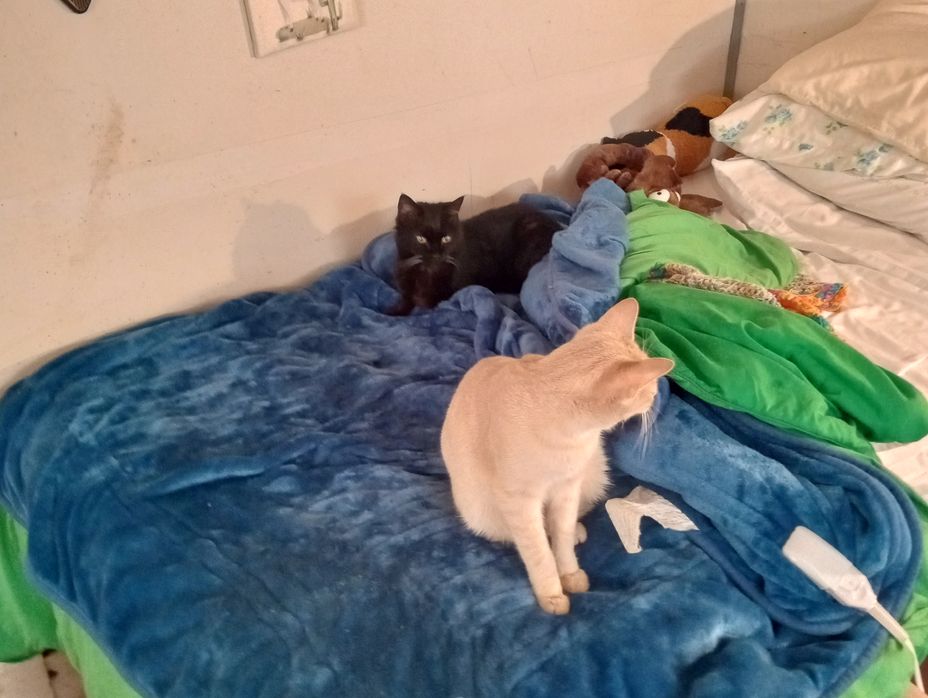Pain Girl by Melanie R.
The chronically ill that experience continuous pain in multiple areas everyday, myself included, dread the doctor office doodle I have dubbed “Pain Girl!” She’s infamously found in every pain clinic/doctor office and is said to have the ability to accurately depict the agony the chronic illness sufferer experiences with pencil smudges and a 1-10 score! Of course pain can only go to 10… said no rare chronic illness sufferer ever!
We are usually asked to circle the painful areas on a blurry drawing; labeling S for stabbing, B for burning, etc.
Such little information could be drawn for what I was experiencing with rare chronic illness. I usually had a Picasso painting to present most times! (Some say scribbles of frustration,…I say Picasso!) I don’t think I could even see Pain Girl under my swirling circles and slashes of pain. Making your doctor and yourself laugh while struggling in pain is always a plus.
So in the honor of Christ, the healing of the Body that Christ brings, and infamous pain girl, make a Picasso of your pain and healing.
Draw, paint, doodle, or get crafty making a picture of your pain girl/boy. Color the areas where you experience pain, swelling, stiffness, etc., then draw a cross, put a sticker, a heart, (whatever you want) as your symbol that:
-God is aware
-Hears your cries for relief
-you will be fully restored and healed.
-It won’t be long, etc.
Think of your own too.
Make it fun.
Please share/Post
Today could be the last day of suffering. Today could be the day of His return. Living in the body of Christ it proves that even though we are sick in body, we can heal, and be healed already. Suffer well! Healing will come!
Beloved, I wish above all things that thou mayest prosper and be in health, even as thy soul prospereth.
3 John 1:2
I will restore health unto thee, and I will heal thee of thy wounds, saith the Lord.
Jeremiah 30:17
#MitochondrialDisease #ChronicIllness #BackPain #ChronicInflammatoryDemyelinatingPolyneuropathy #ChronicPain #Jesus #suffering #InsideTheMighty #IrritableBowelSyndromeIBS #RareDisease #Hyperthyroidism #RheumatoidArthritis






